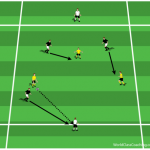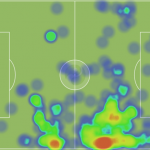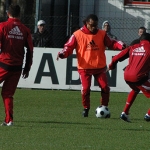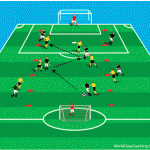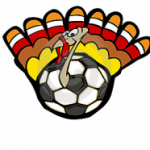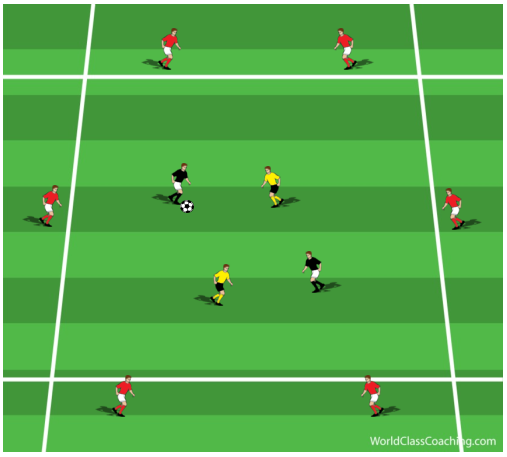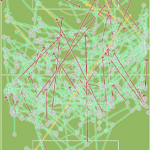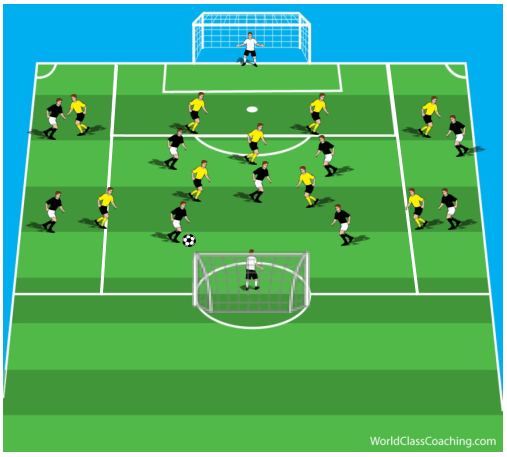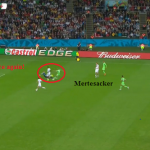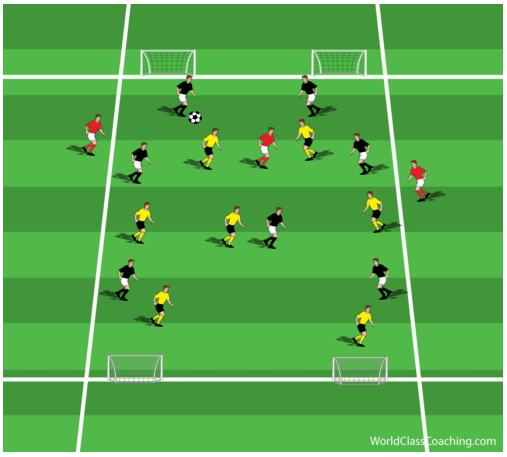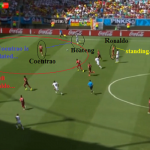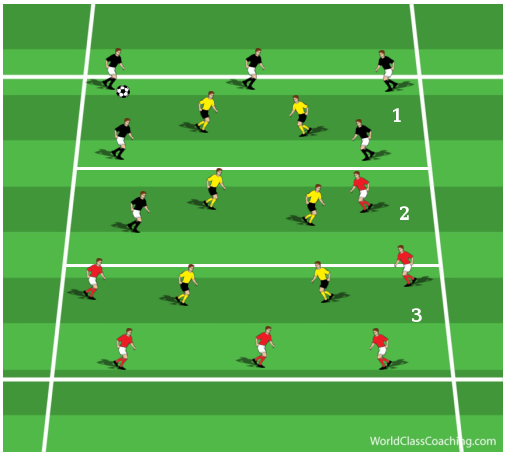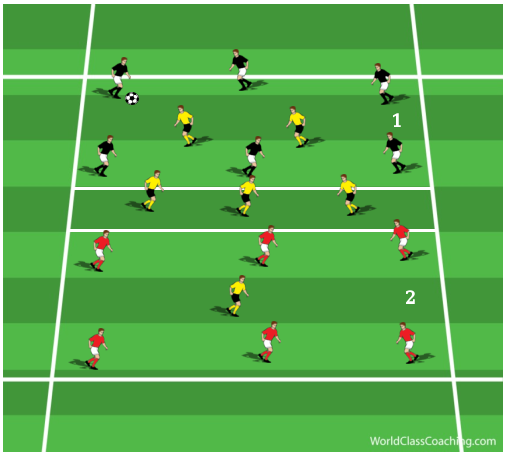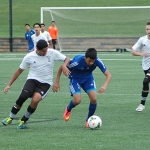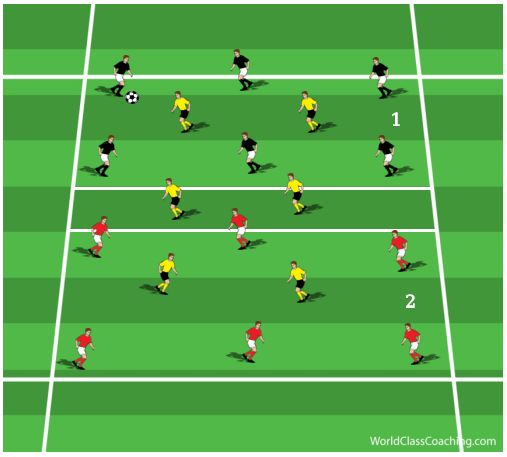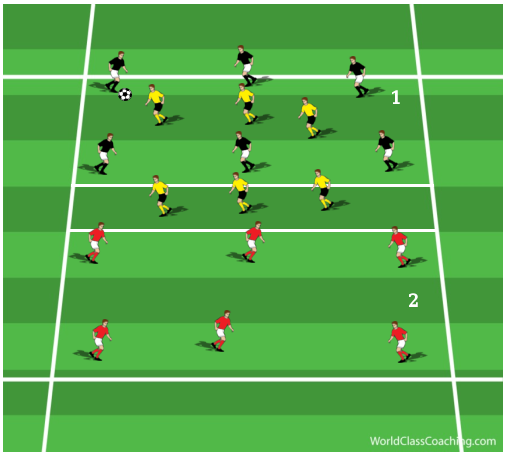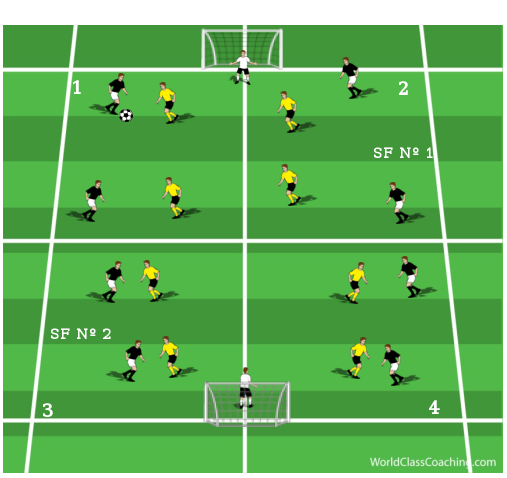By Alex Trukan
Playing with a back three gives huge advantages in midfield and forward units. It also enables the team to attack through the wings more effectively (using wingbacks) as well as create an overload in midfield. However, one of the trade-offs is playing out from the back which might be tricky and challenging. From the attacking point of view, considering that most of the teams play with two strikers, three players might not be enough to break through the first line of the opposition. Also, having transition in mind, the back three often does not provide enough defensive cover in case the ball is lost. That is why, not a back three, but defensive midfielders are crucial players in the build-up play.
Starting Positions
The middle centre back is usually the primary player to initiate build-up play. That enables the team to play three different directions: centre, right and left. Two other centre backs start quite narrow (in case the ball is lost) in the first phase and then get into wider positions as the
Continue reading

